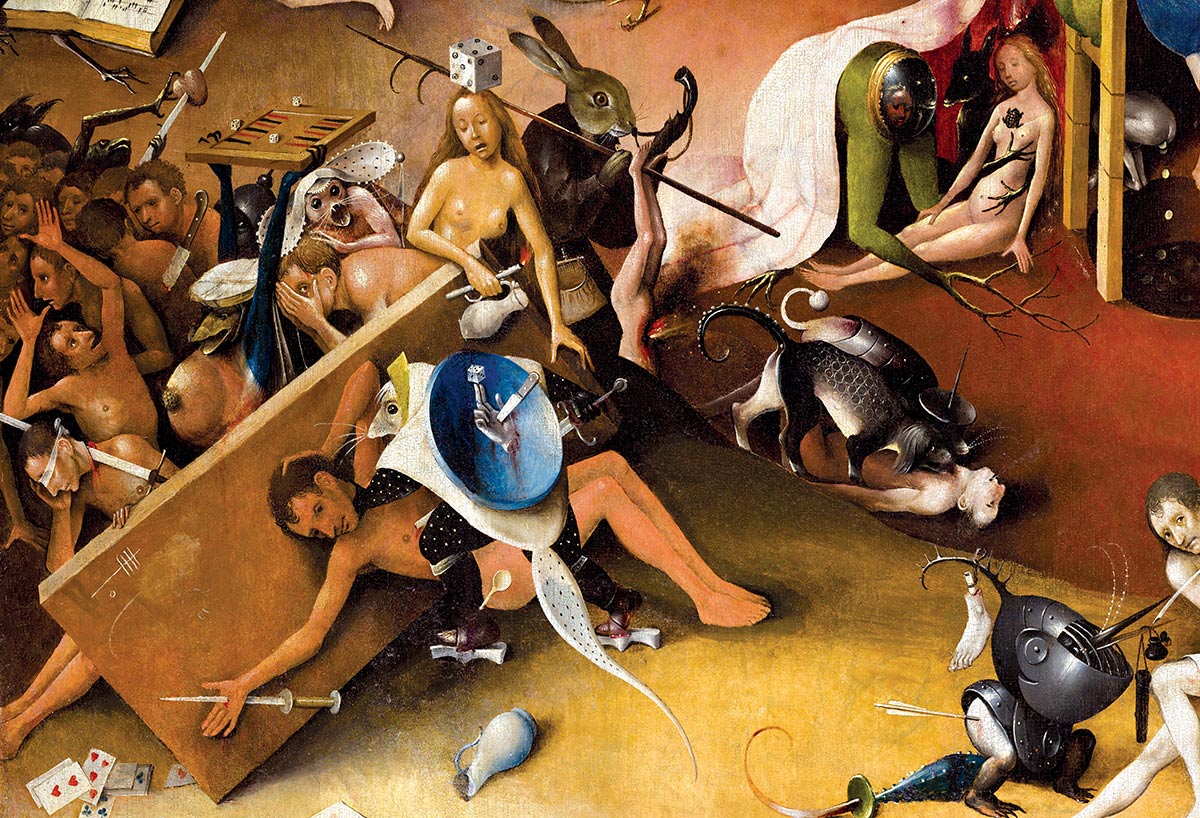Apocalypse Then: When The World Didn’t End - 2 minutes read

In 1624, the poet and cleric John Donne declared in a sermon that ‘creatures of an inferiour nature, are possest with the present; Man is a future Creature’. With this remark, Donne managed to encapsulate the apocalypse fever that had been steadily overwhelming European society for 200 years. Europeans from across the social spectrum were obsessed with the future, both on an individual level (concerning the soul’s entry into Heaven or Hell) and in a collective sense. Millenarianism was rife in a continent consumed by disease, civil war and religious division. Every plague or thunderstorm could be interpreted as a sign that the end of the world was nigh. The years 1450 to 1650 represented a period when many people believed that the world could end in their lifetime. However, while scholars often describe the Second Coming of Christ as the main form of apocalypse in the early modern period, there is evidence that other kinds of end times were explored, too. Amid the fervour which envisioned the world of humanity engulfed in fire and brimstone, there was also the idea of ‘eternal return’ or ‘eternal recurrence’, which predicted that the entire universe was following an endless cycle of destruction and rebirth.